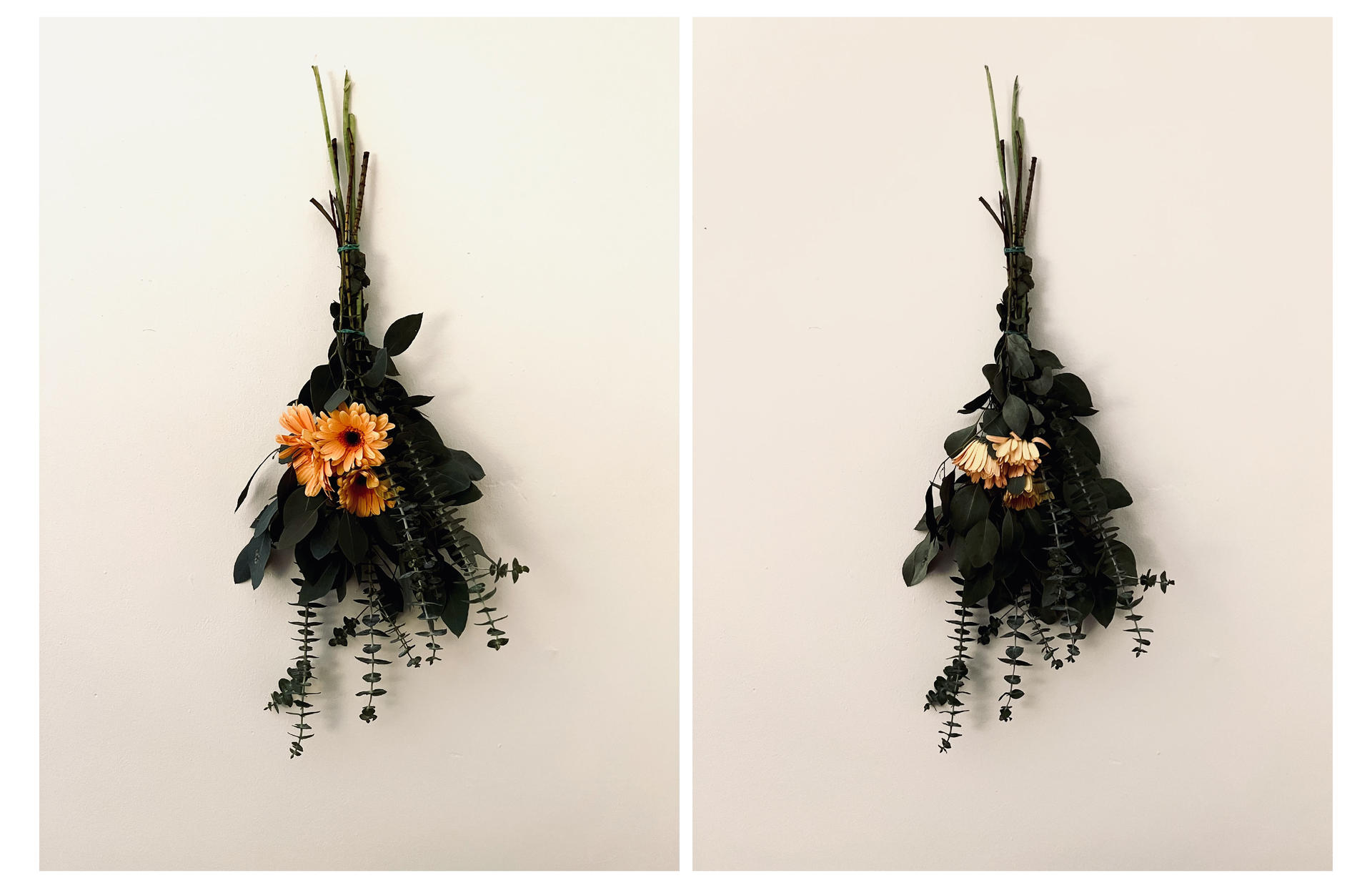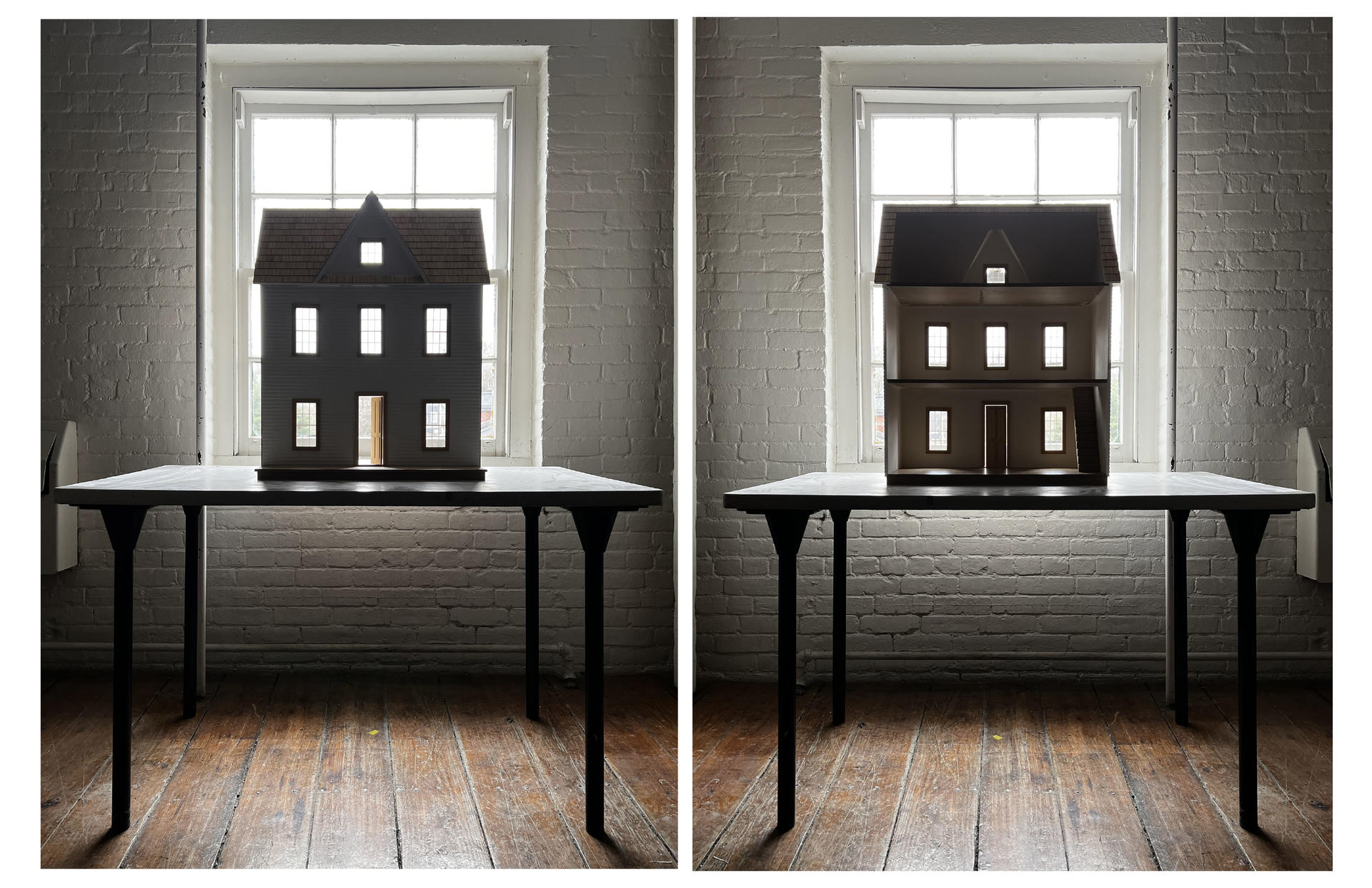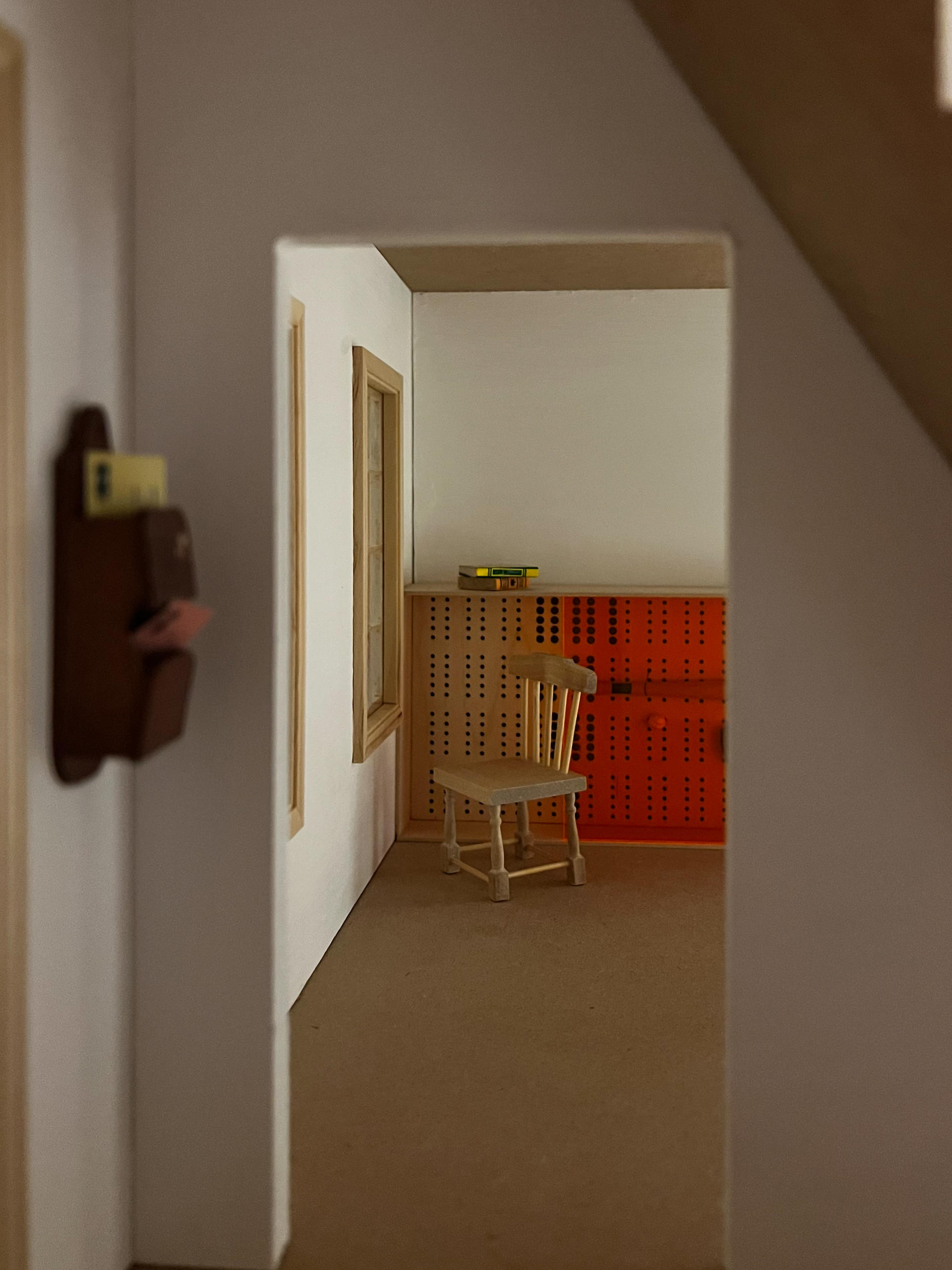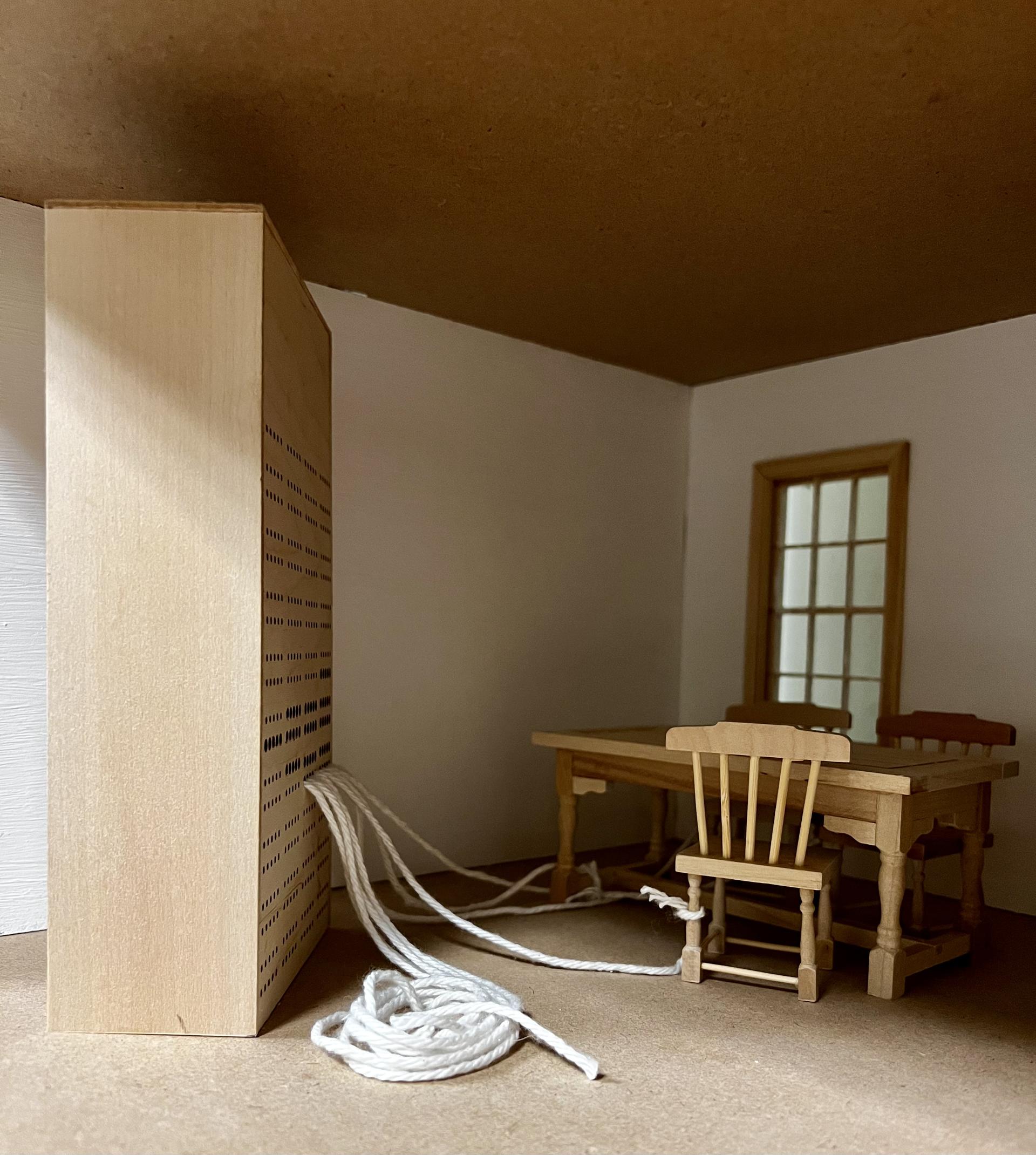Image

Adam Chiang-Harris
Of What Remains
Grief is typically experienced following a loved one’s unexpected death. It is human nature to experience grief or bereavement as a way of processing the end of a person's life and coping mechanism of the living. In cases where we have pre-knowledge of a person's inevitable departure due to illness, such as with terminal illnesses like Alzheimers, grief happens in a longer period preceding death. In this circumstance, caregivers, friends, and family, must endure a duration of hardship dictated by the progression of the disease while knowing the fated outcome of a person's life. Typically this period caused by the severe progression of the disease has the patient in hospice care where they have generally come to accept their death. Oftentimes in the period of hospice, it is generally done at home, where a nurse comes to help make the patient more at ease, but it is the spouse, family, or friends that come to take care of the patient's daily routines of care. Within this environment of the home are opportunities to help the terminally ill as well as friends, family, and loved ones. In cases where speech is limited and patients are afraid of the world around them, multi-sensory environments can help with communication and put the patient at ease. Grief is a period of reflection, and in our current society we don’t speak directly to the reality of death. This presents families and loved ones the hardship of having to navigate on their own, death grief and meaning, I believe there are ways to facilitate the process of grieving the terminally ill that allows for their loved ones to process mortality and be able to be reflective and meditative towards accepting the inevitable last stage of life itself.
Image

Image

Image

Image

- Architecture
- Ceramics
- Design Engineering
- Digital + Media
- Furniture Design
- Global Arts and Cultures
- Glass
- Graphic Design
- Industrial Design
- Interior Architecture
- Jewelry + Metalsmithing
- Landscape Architecture
- Nature-Culture-Sustainability Studies
- Painting
- Photography
- Printmaking
- Sculpture
- TLAD
- Textiles
